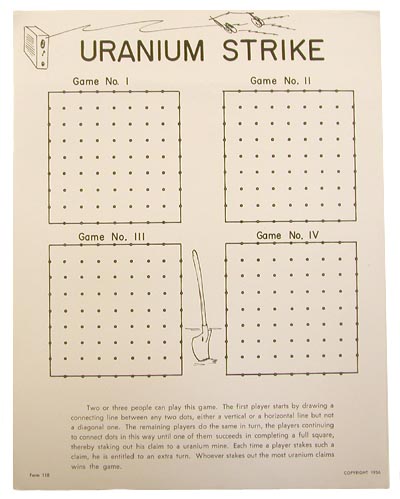

During the Cold War, three lines of defense protected North America from the “imminent” threat against Soviet long-range bombers. These consisted of radar stations along the DEW line (Distant Early Warning), the MCL (Mid-Canada Line), and the Pinetree Line. These joint ventures by Canada and the U.S. were staffed by U.S. Air Force and Royal Canadian Air Force personnel from 1951 to 1991.

With the development of intercontinental ballistic missiles by 1960, however, most of these defenses became obsolete and were gradually dismantled.


Radar Hill is part of Pacific Rim National Park on Vancouver Island, British Columbia, Canada. The decommissioned RCAF Station Tofino provides hiking trails and scenic viewpoints. The site was operated as a Pinetree Line radar station from 1955 to 1958.




Remnants of the base are still visible, whether guy wire hooks, concrete pads, embedded radio tower piping, foundation walls, or the decking laid on top of the old building foundations.











